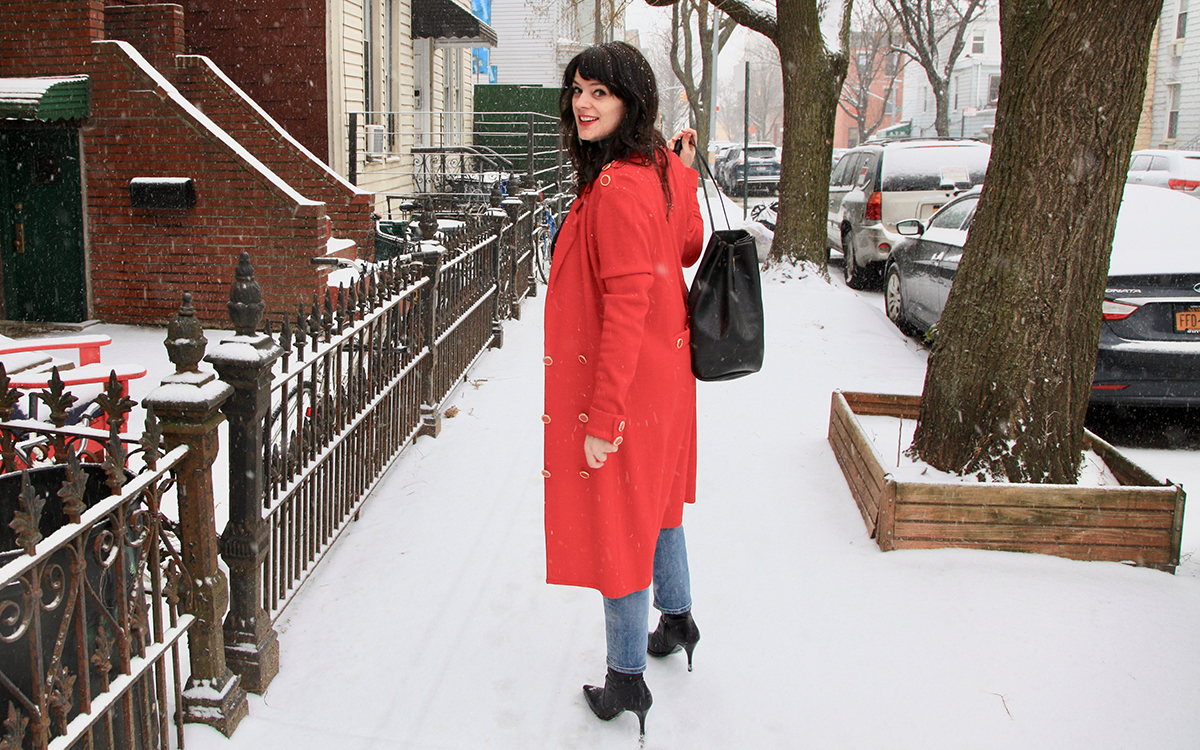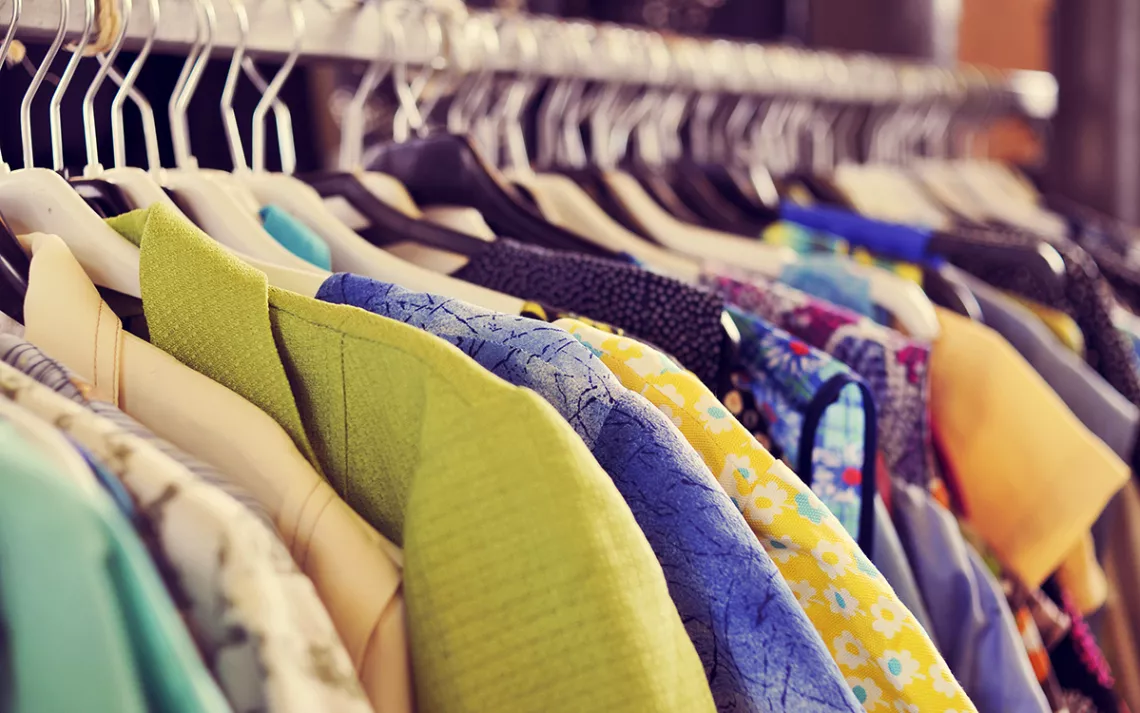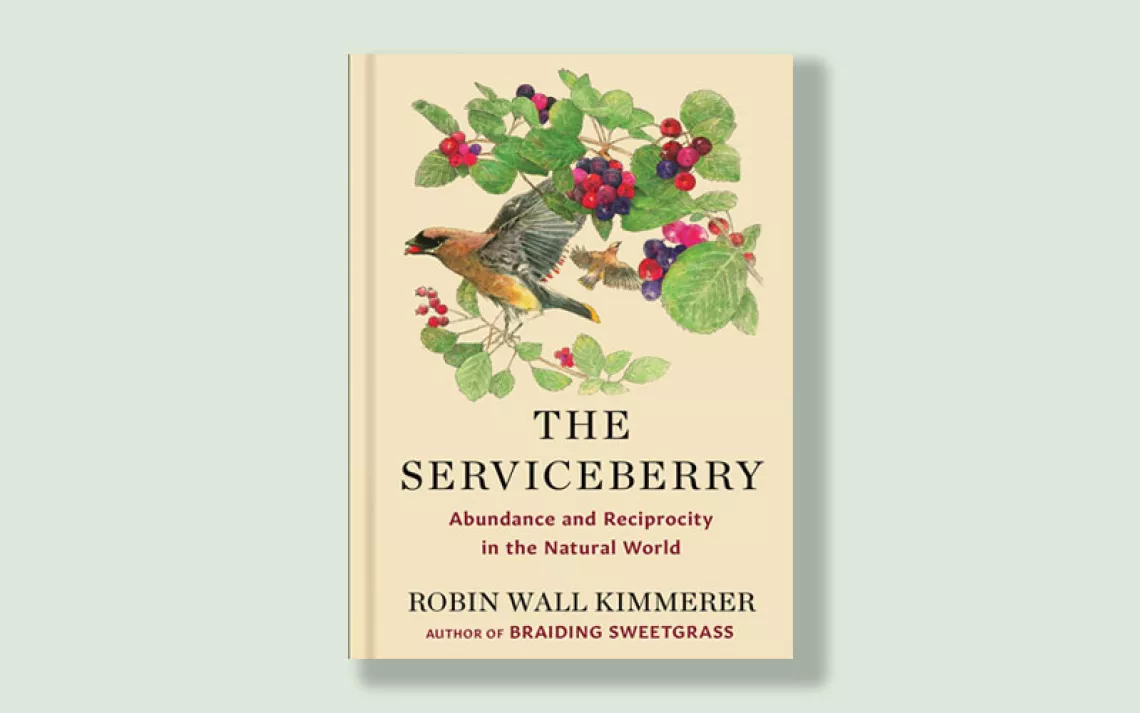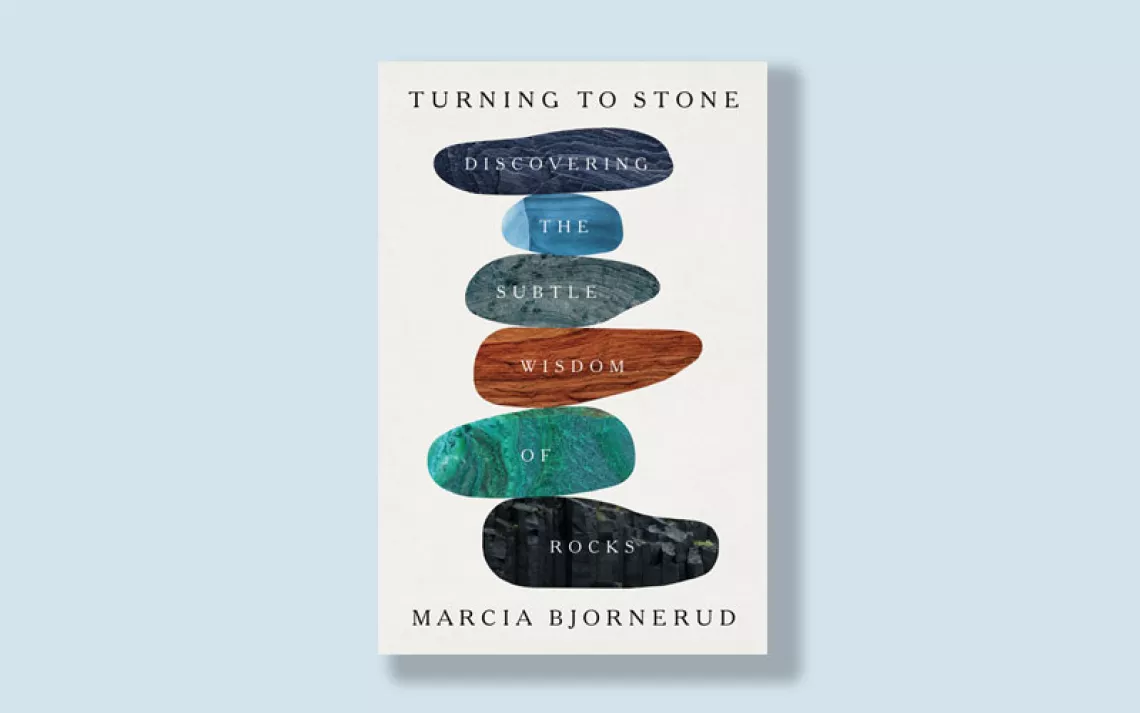Fast Fashion Is Ruining the World (and Your Style)
“The Conscious Closet” shows us a better way
One day back in 2009, Elizabeth Cline found herself hauling home seven pairs of canvas slip-ons from Kmart. The cheaply made shoes had been marked down from $15 to $7, and before she could stop herself, she grabbed every single pair in her size. The shoes fell apart within weeks of being worn and soon went out of fashion.
 Growing up, Cline (pictured) had happily scoured thrift stores for much of her wardrobe, but somewhere along the way, new clothes got much cheaper and she became hooked on the thrill of a deal. The result? A closet stuffed with clothing that she hardly wore and didn’t even really like. “I was sucked into the world of binge shopping,” Cline told Sierra by phone. “I had a closet full of clothes because I was addicted to shopping cheap, not because I loved clothing.”
Growing up, Cline (pictured) had happily scoured thrift stores for much of her wardrobe, but somewhere along the way, new clothes got much cheaper and she became hooked on the thrill of a deal. The result? A closet stuffed with clothing that she hardly wore and didn’t even really like. “I was sucked into the world of binge shopping,” Cline told Sierra by phone. “I had a closet full of clothes because I was addicted to shopping cheap, not because I loved clothing.”
How did she succumb so completely to the lure of fast fashion? And why was the end result (the clothes that she owned) so unsatisfying? These questions led Cline on a multiyear investigation of the fashion industry, culminating in the publication of her first book, Overdressed, in 2012. It traces how retailers started producing enormous volumes of clothes in order to drive down prices, essentially turning clothing into a disposable good. This past August, Cline released her second book, The Conscious Closet, a sequel of sorts that serves as a detailed how-to for the growing number of consumers who want to get off the fast-fashion treadmill and manage their wardrobe more sustainably.
What is fast fashion exactly? Cline defines it as a "hyper-accelerated cycle of making, consuming, and trashing clothes that is wrecking our environment and keeping workers in poverty.” Some sobering statistics: Up to 8 percent of carbon emissions are caused by fashion; a third of all microplastic pollution in the ocean comes from what we wear; and, a garbage truck’s worth of clothing and fabric gets sent to the landfill in the United States every two minutes (where, for some kinds of fabric, it’s likely to start decomposing and releasing methane, a potent greenhouse gas).
Even if you donate your clothing, Cline explains, it could still end up in the trash. According to SMART, a trade association composed of used-clothing collectors, charities only sell around 20 to 25 percent of what gets donated to their thrift shops. Much of the rest ends up in other countries, but that doesn’t necessarily mean those items get a second life. The OR foundation, a nonprofit that studies the global secondhand trade, reports that 48 million pounds of used clothes sent to the Ghanian city of Accra in 2018 went straight into the landfill.
The problem can seem overwhelming, but changing our own behavior is a good place to start.
Cline begins The Conscious Closet by inviting readers to take a step back and think about our wardrobes. Do the items in our closet match one another? How do we feel when we wear them? Do we even wear them? (In Chapter 1, we learn that Americans think they wear 43 percent of their wardrobes when in fact they wear about 18 percent.) Cline advises that we purge what isn't working for us (without agonizing too much about what we spent on it) and organize what’s left because, well, clutter is a drag. “Our closets are meant to hold the beautiful things that we are excited to wear,” she writes. “But they’ve been hijacked and turned into dark recesses for our impulse buys and fashion regrets and clothes that we don’t like . . . that don’t fit, and just need to go.”
 Once we’ve gotten our closet in order, Cline lays out a menu for making better, more sustainable choices. Happily, hers is not a one-size-fits-all approach. Sustainable fashion doesn’t have to be about “buying a $100 dollar organic dress from an ethically pure brand,” she told Sierra. “It can be as simple as being intentional about what you buy and not buying a bunch of clothes that you're not going to wear.”
Once we’ve gotten our closet in order, Cline lays out a menu for making better, more sustainable choices. Happily, hers is not a one-size-fits-all approach. Sustainable fashion doesn’t have to be about “buying a $100 dollar organic dress from an ethically pure brand,” she told Sierra. “It can be as simple as being intentional about what you buy and not buying a bunch of clothes that you're not going to wear.”
As much as we can, we should take the time to research brands, examine company claims about supply chains, get to know the pros and cons of different fabrics, and learn what a quality piece of clothing looks and feels like, from its stitching to the fabric and fit. We also need to relearn some basic skills—in the not-so-distant past, when clothes were expensive and hard to come by, they were constantly being mended and repaired so as to last longer.
But The Conscious Closet is not only about buying less. Style “is a worthy, beautiful, and deeply human pastime,” Cline writes. “We just need to change the way we go about it.” She introduces readers to the exploding resale market, which includes websites like ThredUP and The Real Real and is on track to overtake fast fashion by sales volume within the decade. Clothing rental services such as Rent the Runway are on the rise too, and even more traditional companies like Eileen Fisher and Patagonia are experimenting with secondhand sales. Cline offers plenty of tips for how to take advantage of these burgeoning opportunities and satisfy your cravings for fresh looks in ways that work for your pocketbook and the planet.
Ultimately, Cline wants readers to know that eschewing fast fashion is not about deprivation; it’s really about creating a deeper, more fulfilling relationship with our clothes. “People think that if you care about the environment, if you care about human rights, then you can't care about clothes,” she says. “I think the opposite is true.”
 The Magazine of The Sierra Club
The Magazine of The Sierra Club




